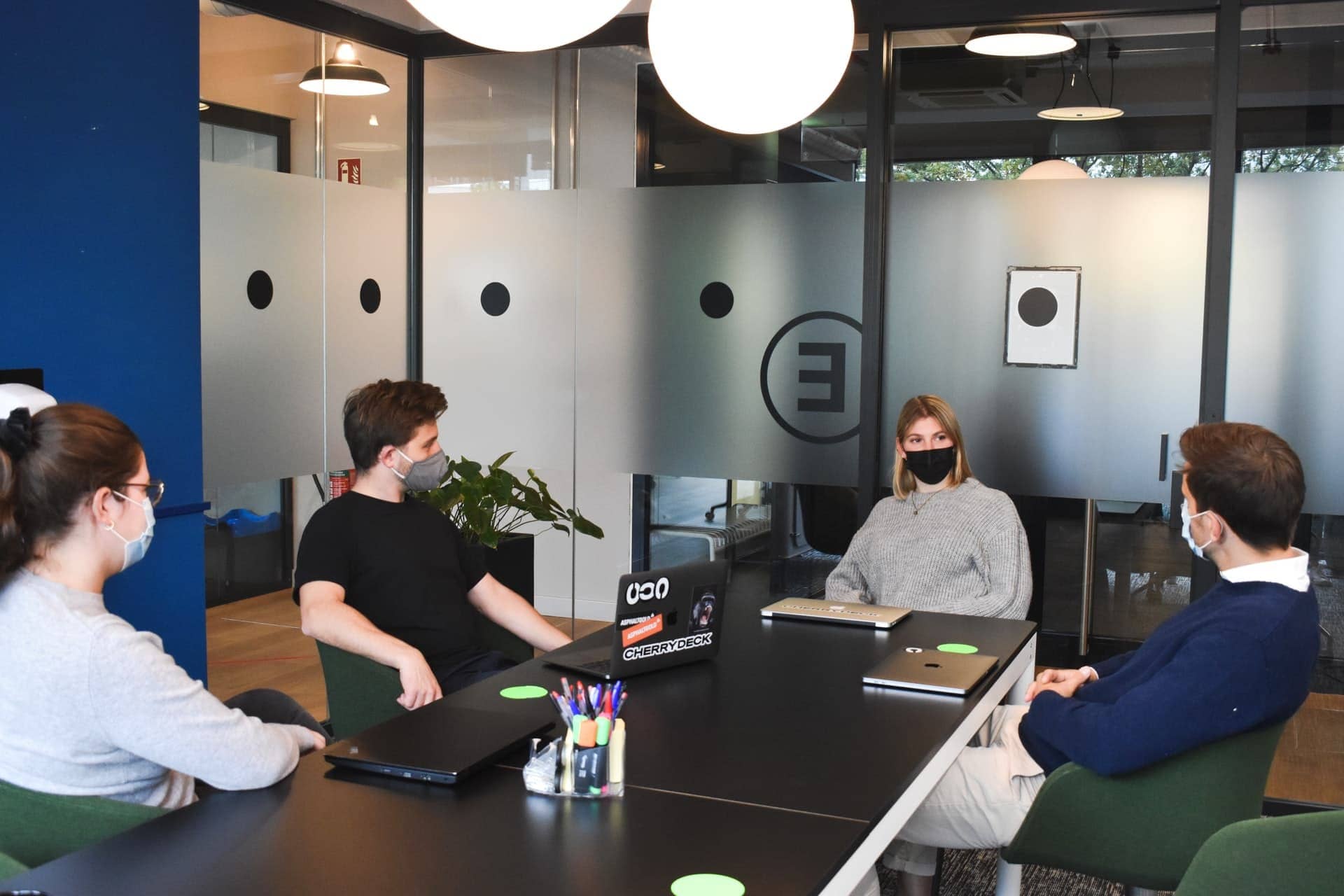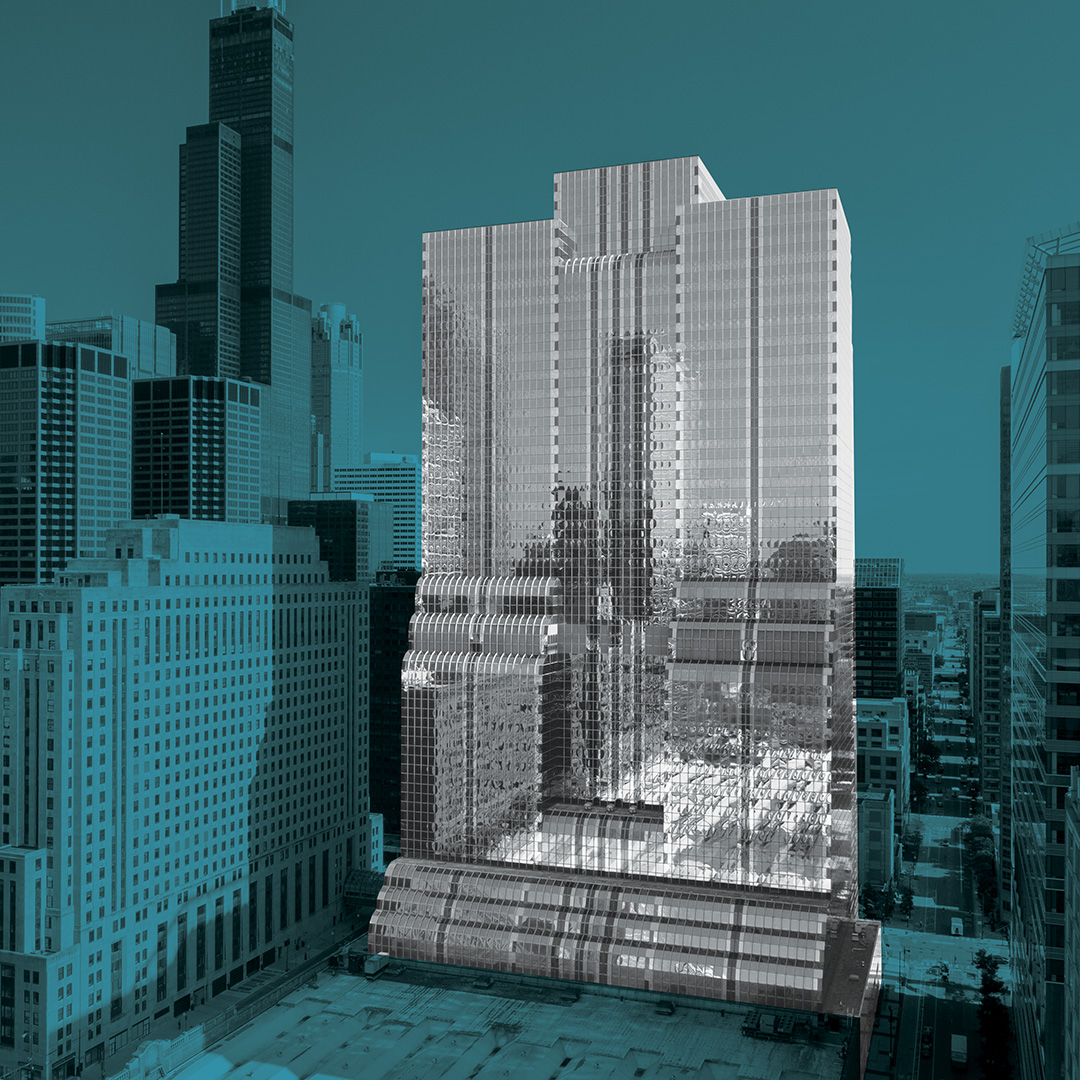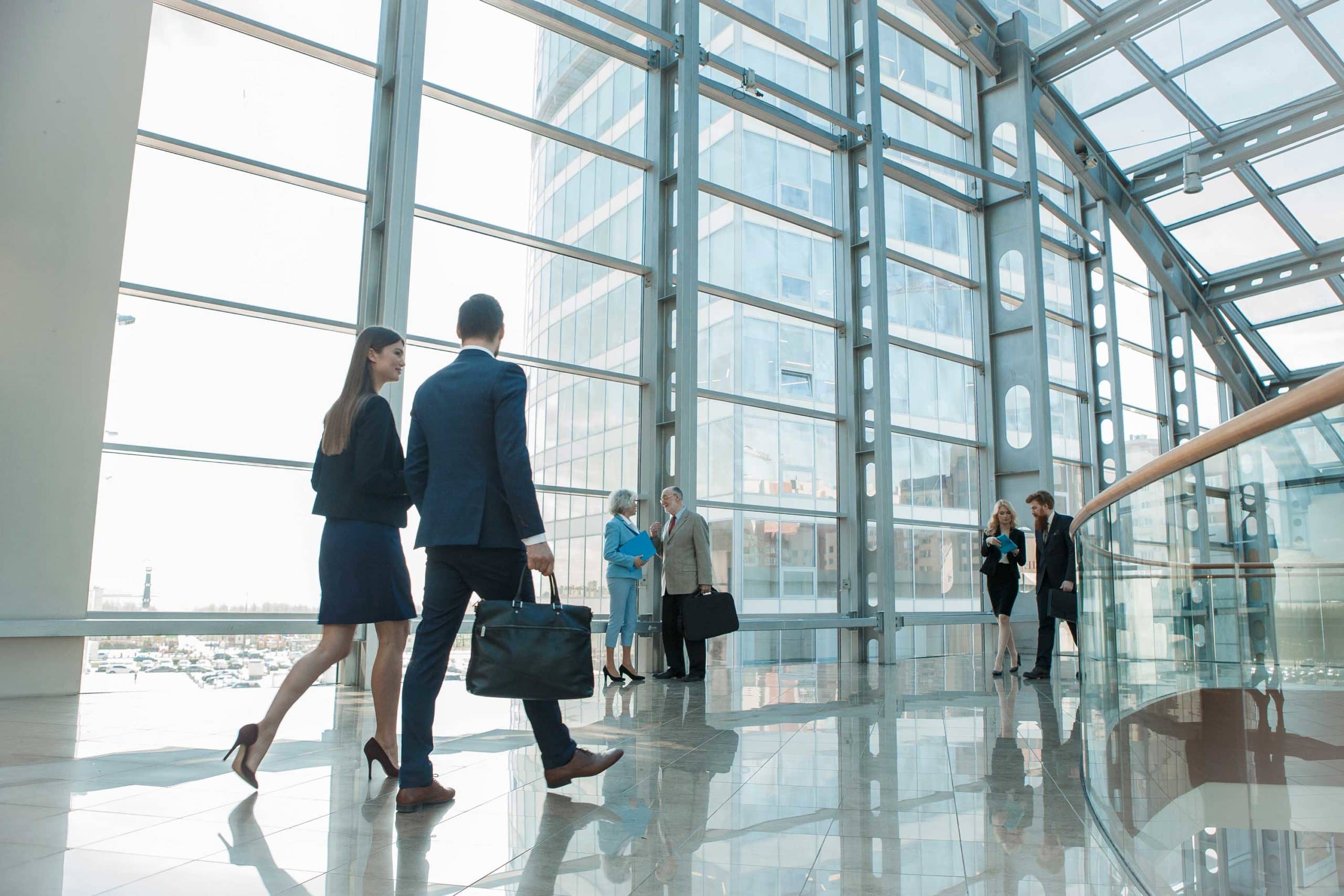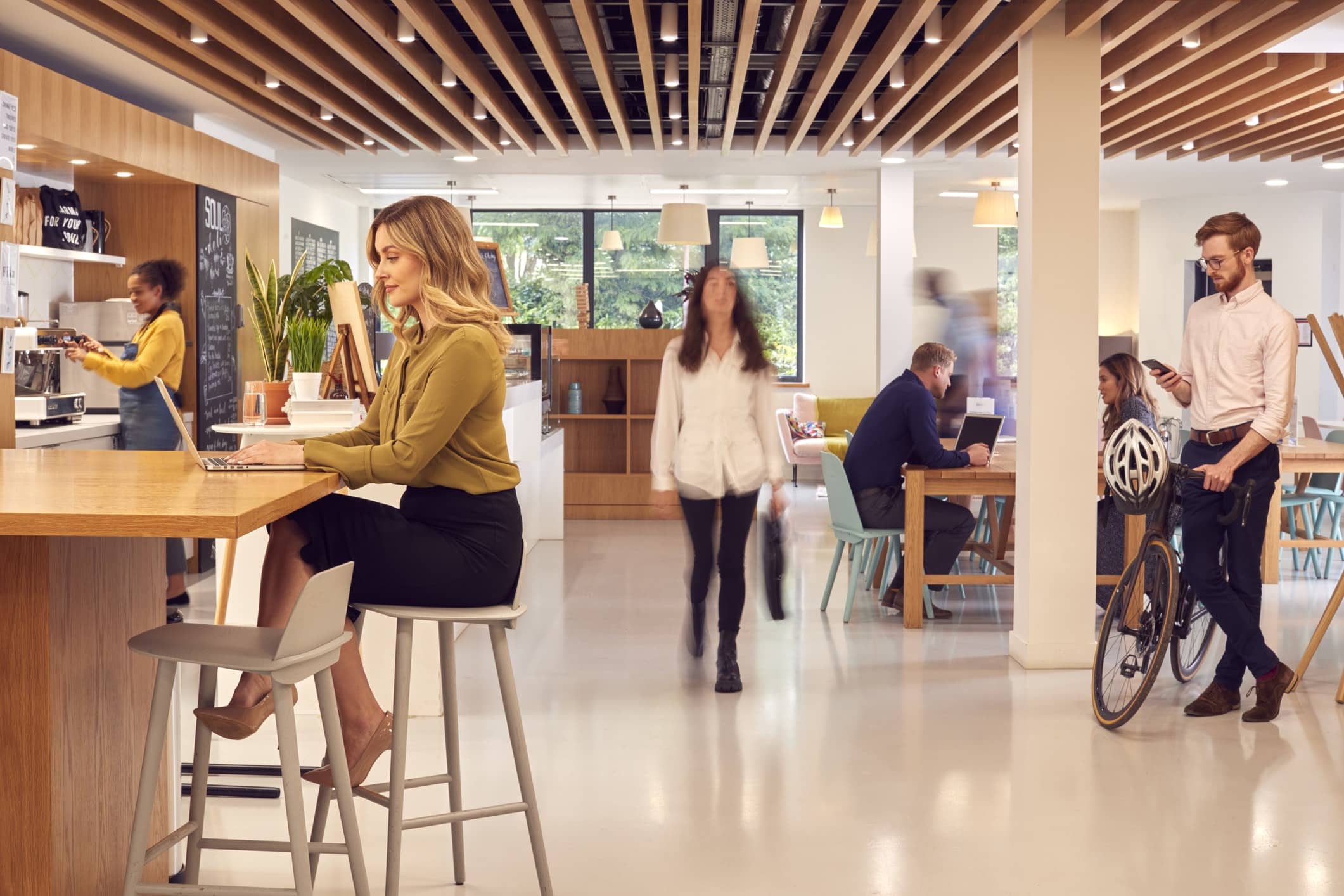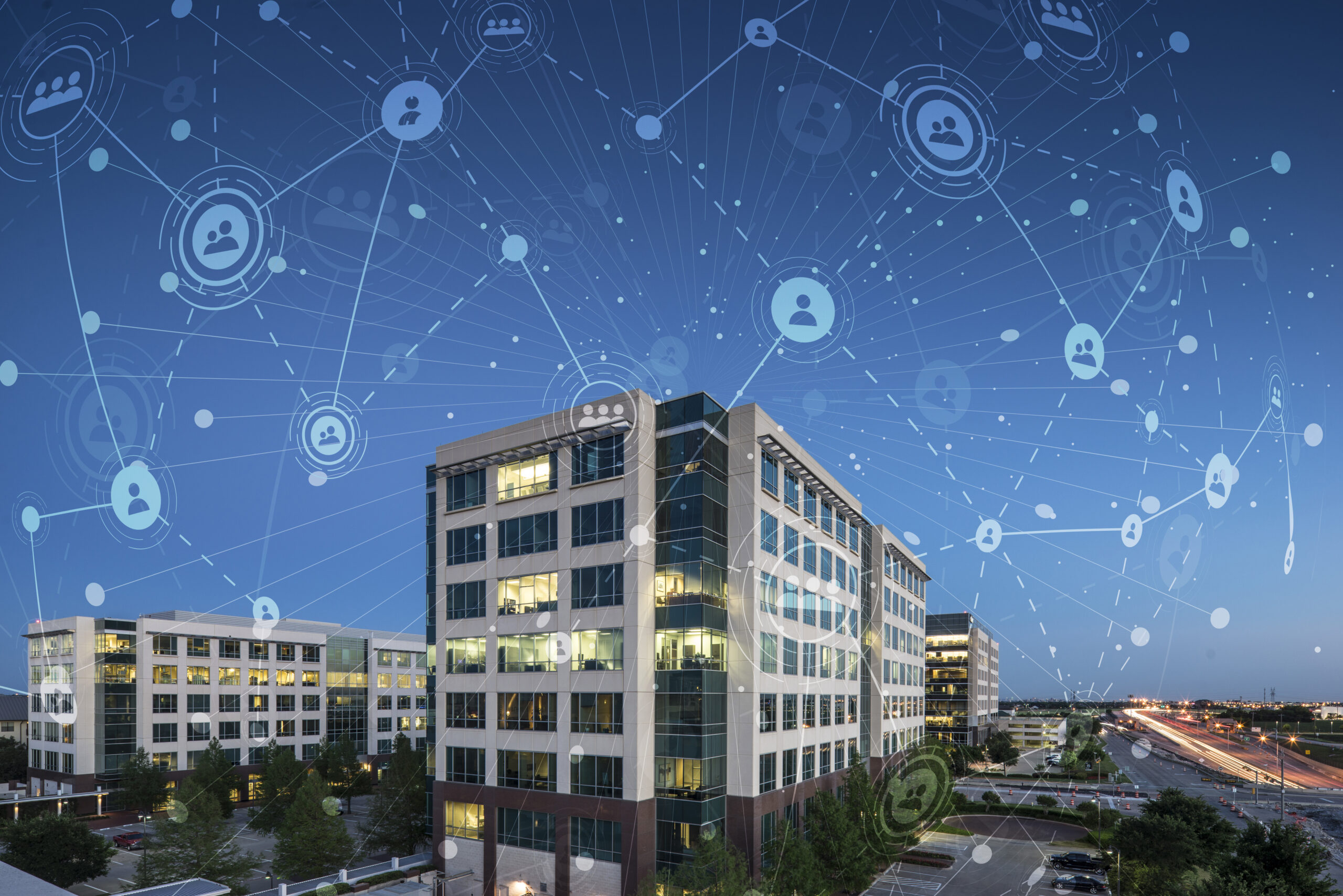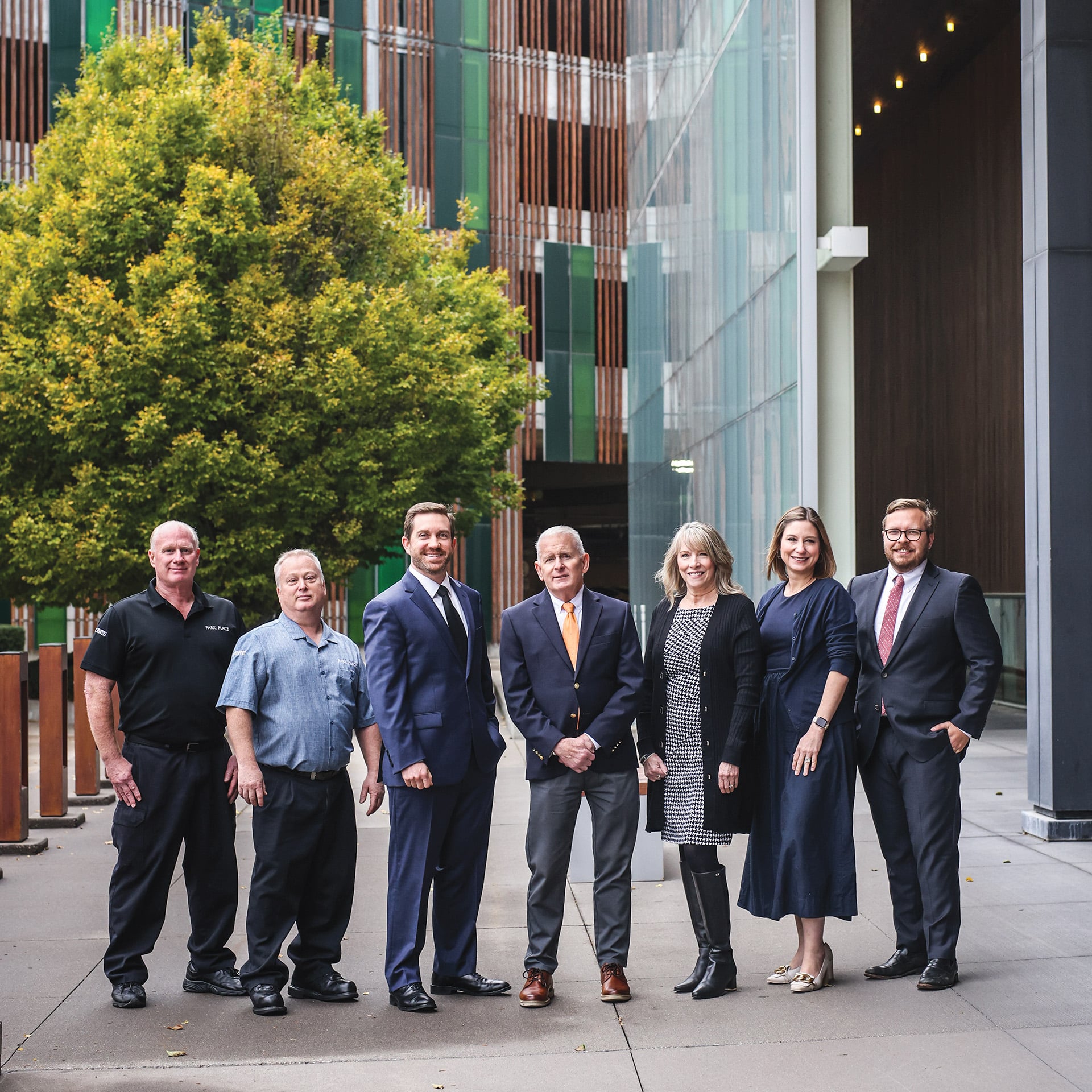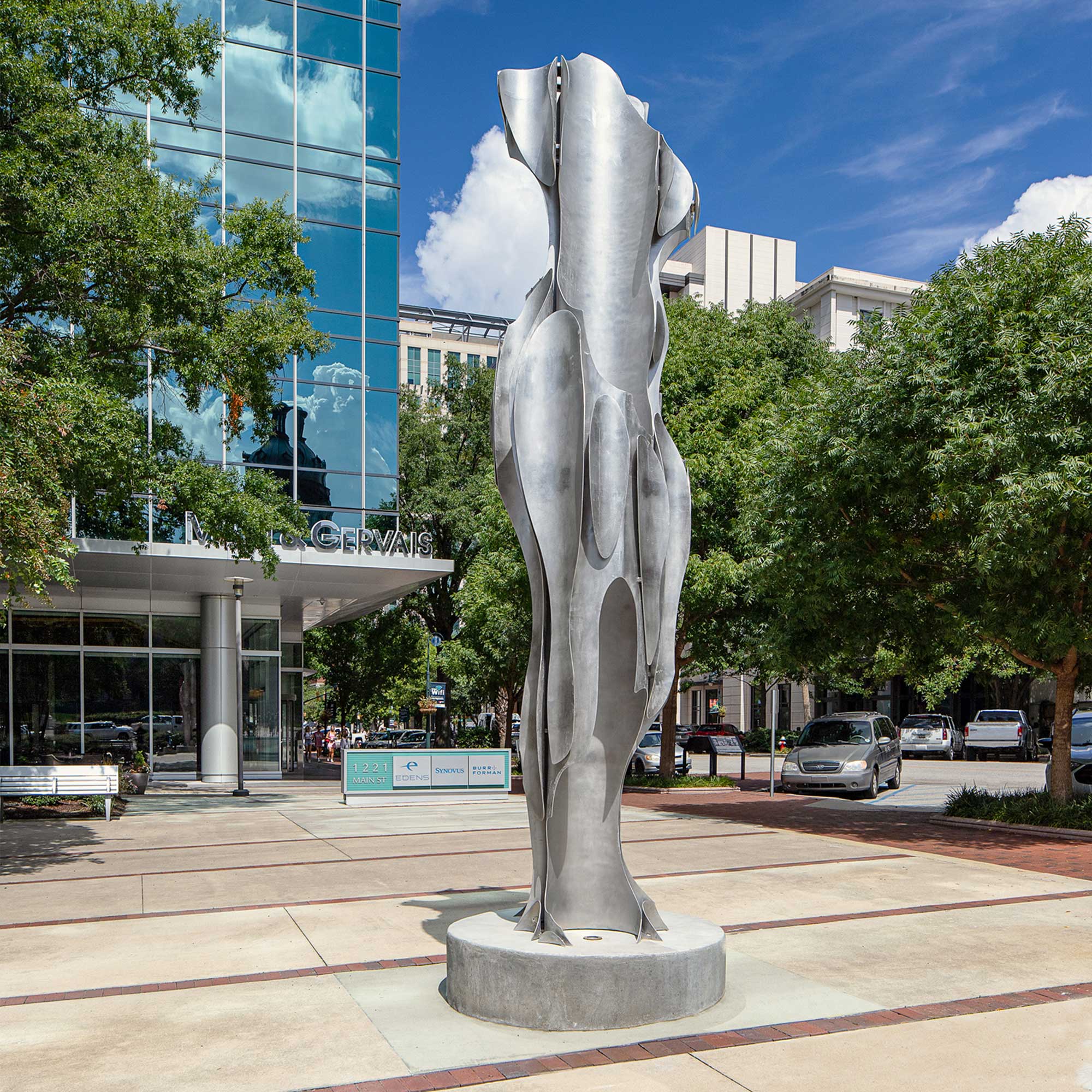Tag: Featured
Tag: Featured
March 10, 2023
“Smart” buildings are not a new concept. In 1983, The New York Times featured an article titled “‘Intelligent’ Buildings Using Computers,” which talked about Cityplace, “the world’s first intelligent building” located in Hartford, Connecticut.
April 22, 2021
For the first time it appears that the grip of the COVID-19 pandemic has begun to loosen. Hospitalizations and fatalities are down substantially from the highs seen in late 2020 and early 2021, and as a result it’s become possible to think in terms of a post-pandemic world.
April 6, 2023
KBS’ trophy office tower in Chicago mixes uses to max out appeal and community feel.
July 24, 2023
With massive investments, widespread adoption, and a growing list of technological feats, Artificial Intelligence (AI) demonstrates every appearance of a sure winner, perhaps the next big thing that will radically change society, much of the economy, and with them, commercial real estate (CRE).
November 17, 2021
As we adjust to the new normal, office investors are determining how their properties can adapt to the shifting needs of today’s workforce and tenants. In a recent Q&A with Chuck Schreiber, CEO and Co-founder of KBS, the CRE executive shared his thoughts on the topic.
July 5, 2022
The evolved workplace is here, something not at all like the traditional offices last seen in 2019. As a result of the pandemic, a revised relationship now exists between organizations and employees. A new middle ground is beginning to emerge, a more welcoming and supportive environment where new creative office environments play a central role.
January 26, 2023
Employee needs have shifted dramatically in the last three years. The task of recruiting and retaining employees has begun to extend beyond the traditional compensation package. What matters now is not just how and where employees work, but the means in which employers demonstrate how much they value the contributions of employees. Here we take a glimpse at the current labor market and some of the ways businesses are getting creative with benefits and job perks to attract and retain workers.
September 1, 2023
Second in a Three-Part Series on Artificial Intelligence and CRE.
April 6, 2022
As the retail sector rebounds from another great disruption, the hybrid approach between physical and digital experiences is gaining steam in the industry.
February 20, 2020
We usually think of capital as something which has value. Traditionally we have defined that value by the willingness of borrowers to pay interest and by the returns which investors see as acceptable. But now we have a new consideration.
June 17, 2020
Current real estate interest rates are in free-fall, now at depths never seen in the US. We can blame the COVID-19 pandemic in part for today’s ultra-low interest rates, but the reality is that rates have largely been in decline since the 1980s. It hasn’t been a straight line down, but the general trend has been lower and lower rates over time.
November 10, 2021
This past summer, thought leaders in South Carolina’s capital city of Colombia gathered to honor the outstanding women, past and present, who helped shape our country’s 18th state. The occasion was the official unveiling of Architecture of Strength, an impressive monolithic sculpture and a daily reminder of women’s profound contribution to the community and beyond.
April 29, 2021
Sustainability continues to be a top priority for leaders across the globe, including newly elected U.S. President Joe Biden who has taken a whole-of-government approach to combating the ongoing climate crisis. In January 2021, Biden announced a series of executive orders, including his international and domestic climate change agenda that calls for investing in renewable and clean energy, rejoining the Paris Agreement, and achieving a net-zero emission economy by 2050. Nothing specific in these executive orders appear to point to the commercial real estate sector, but as plans are set in motion these actions will likely set a broader precedent for all industries. Here are some trends to look for as it relates to office:

